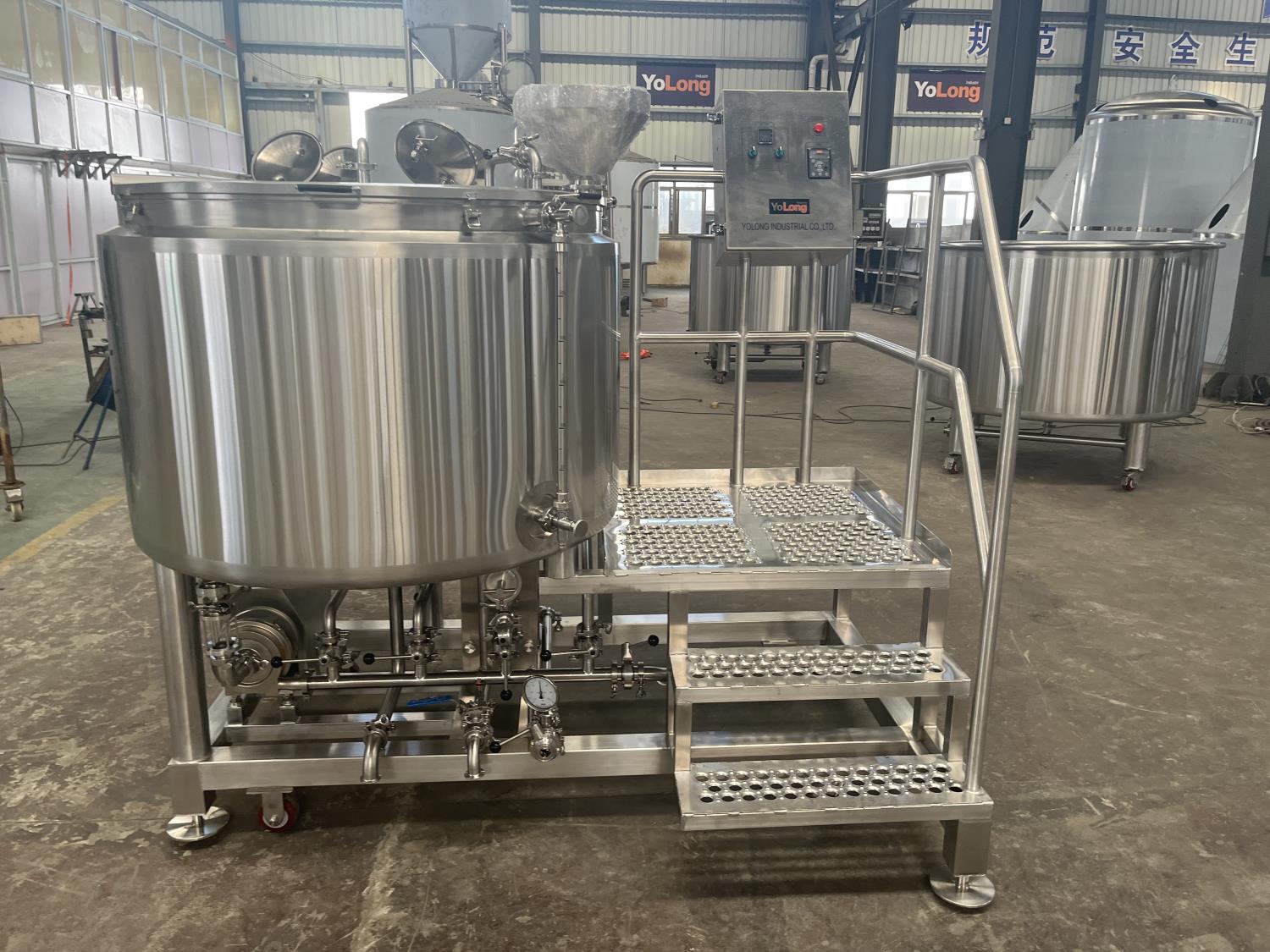How to Choose the Best Kombucha Fermenter
Fermenting your own kombucha is like having a science experiment in your kitchen that you can actually drink! Kombucha fermenters are the heart of this magical process, making the art of brewing at home easier, more efficient, and downright fun. Whether you’re new to brewing or a seasoned pro, this guide will walk you through everything you need to know about kombucha fermenters.
What is a Kombucha Fermenter?
A kombucha fermenter is essentially a vessel designed specifically for brewing kombucha, a tangy, fizzy tea that’s beloved for its potential health benefits and refreshing taste. Think of it as your brewing partner—it provides the right environment for the SCOBY (Symbiotic Culture of Bacteria and Yeast) to thrive, ferment, and transform sweet tea into kombucha.
Unlike a random jar you might pull from your cupboard, a proper kombucha fermenter is optimized for factors like temperature control, oxygen flow, and convenience, ensuring a consistent and delicious brew every time.
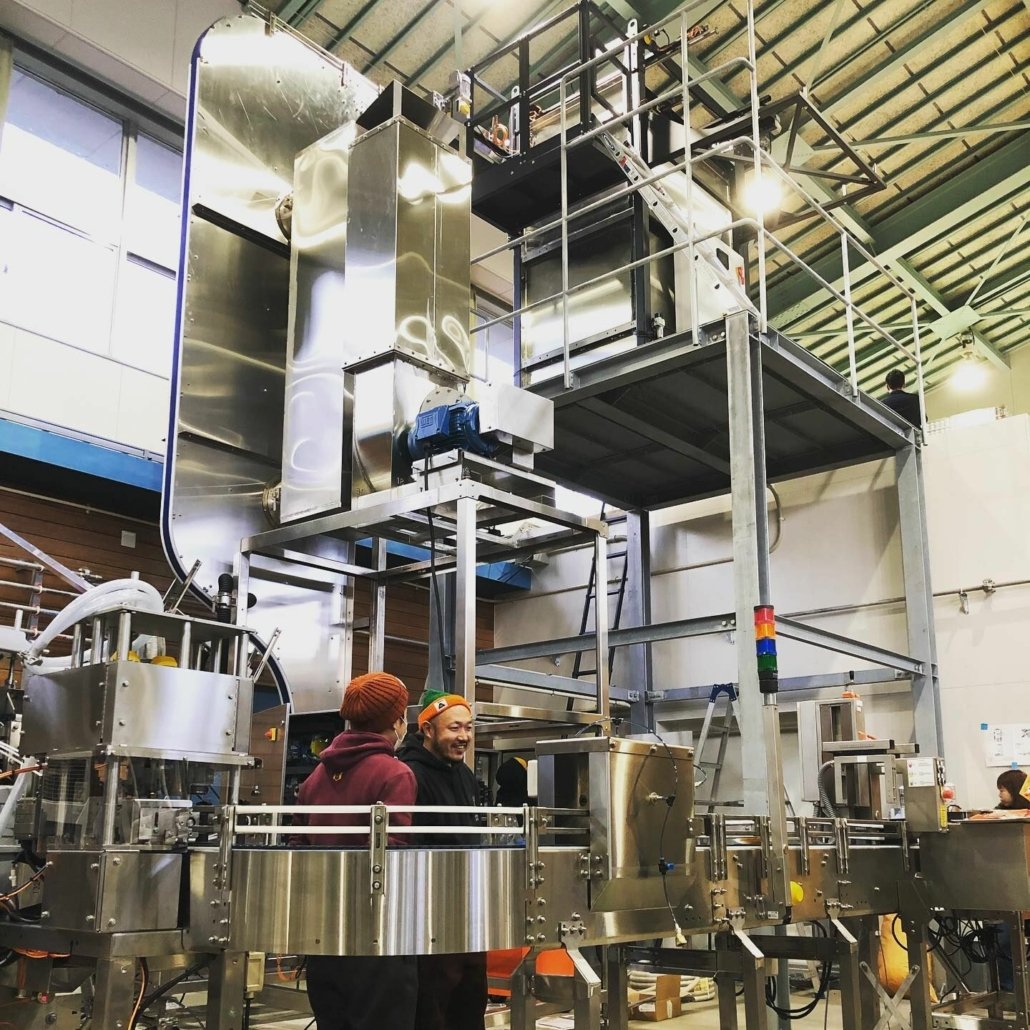
The Basic Principles of Kombucha Fermenters
Understanding how kombucha fermenters work will elevate your brewing game. Here are the essentials:
- Fermentation Environment: A fermenter provides a clean, stable home for the SCOBY. The design ensures that oxygen reaches the culture while keeping contaminants like dust or bugs out.
- Temperature Control: Kombucha fermentation thrives between 68°F to 78°F (20°C to 26°C). Some advanced fermenters include built-in heaters or insulation to maintain this range.
- Ease of Use: Many fermenters come with spigots, allowing you to sample your brew or bottle it without disturbing the SCOBY.
- Material Matters: Most fermenters are made of glass, stainless steel, or food-safe ceramic—each material impacts taste, durability, and maintenance differently.
Different Types of Kombucha Fermenters
Kombucha fermenters come in various shapes, sizes, and materials, each catering to different needs and preferences.
1. Glass Fermenters
- Pros: Transparent, easy to monitor the fermentation process, and non-reactive.
- Cons: Fragile and can break if mishandled.
- Best For: Beginners who want to keep an eye on their brew.
2. Ceramic Fermenters
- Pros: Retains consistent temperature and has a stylish, artisanal appearance.
- Cons: Heavier and may require careful cleaning to prevent residue build-up.
- Best For: Aesthetic enthusiasts and experienced brewers.
3. Stainless Steel Fermenters
- Pros: Durable, easy to clean, and resistant to stains and odors.
- Cons: Opaque, so you can’t see the fermentation process.
- Best For: Commercial setups or serious home brewers.
4. Plastic Fermenters
- Pros: Lightweight, affordable, and resistant to breaking.
- Cons: May leach chemicals if not made from food-safe, BPA-free materials.
- Best For: Budget-conscious beginners.
Choosing the Right Size of Kombucha Fermenter for Your Needs
Here’s a handy guide to selecting the perfect fermenter size based on your family’s consumption:
| Household Size | Suggested Fermenter Volume | Why It’s Ideal |
|---|---|---|
| 1-2 people | 1-2 gallons (4-8 liters) | Small batches, less waste, quicker brewing. |
| 3-4 people | 2-5 gallons (8-19 liters) | Moderate brewing frequency, enough for regular consumption. |
| 5+ people | 5+ gallons (19+ liters) | Large quantities for families or sharing. |
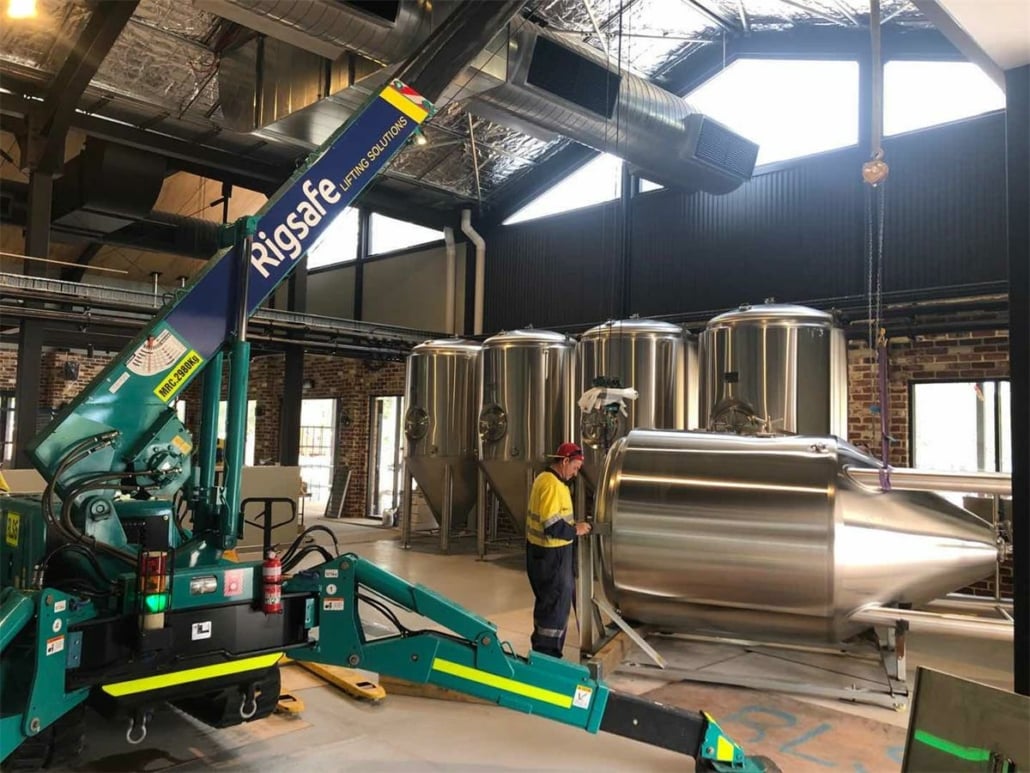
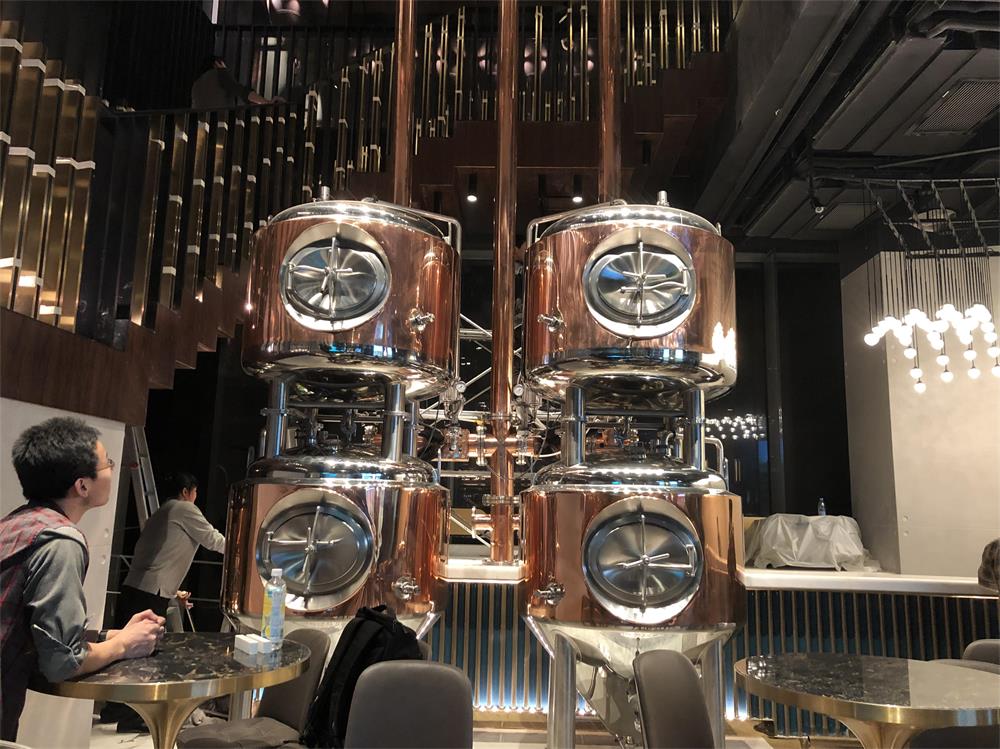
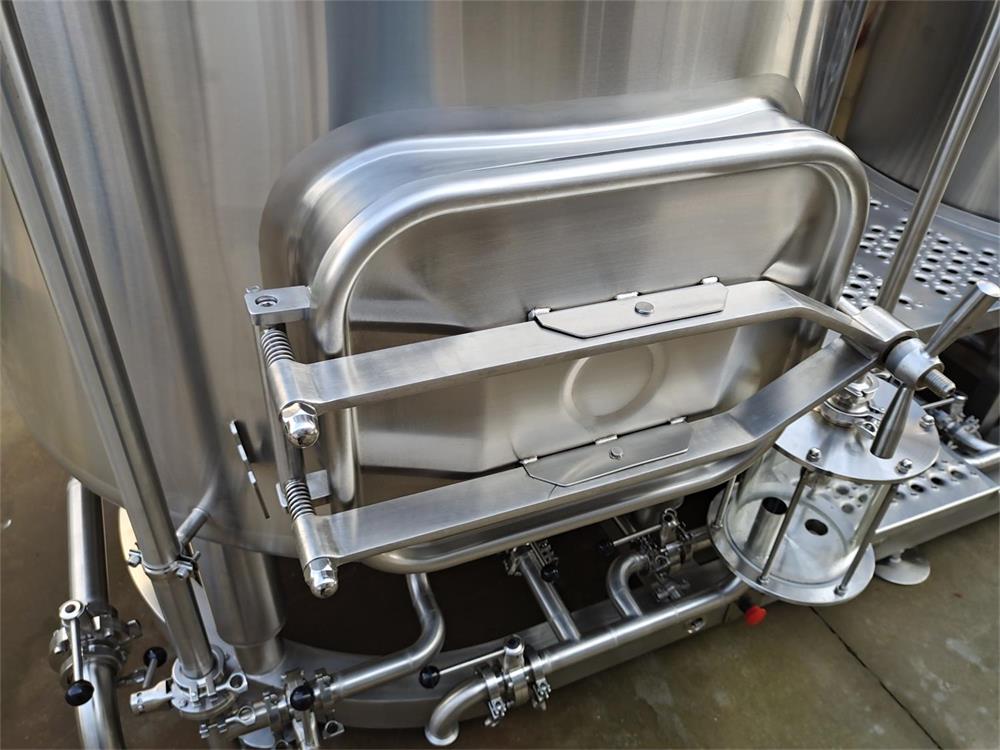
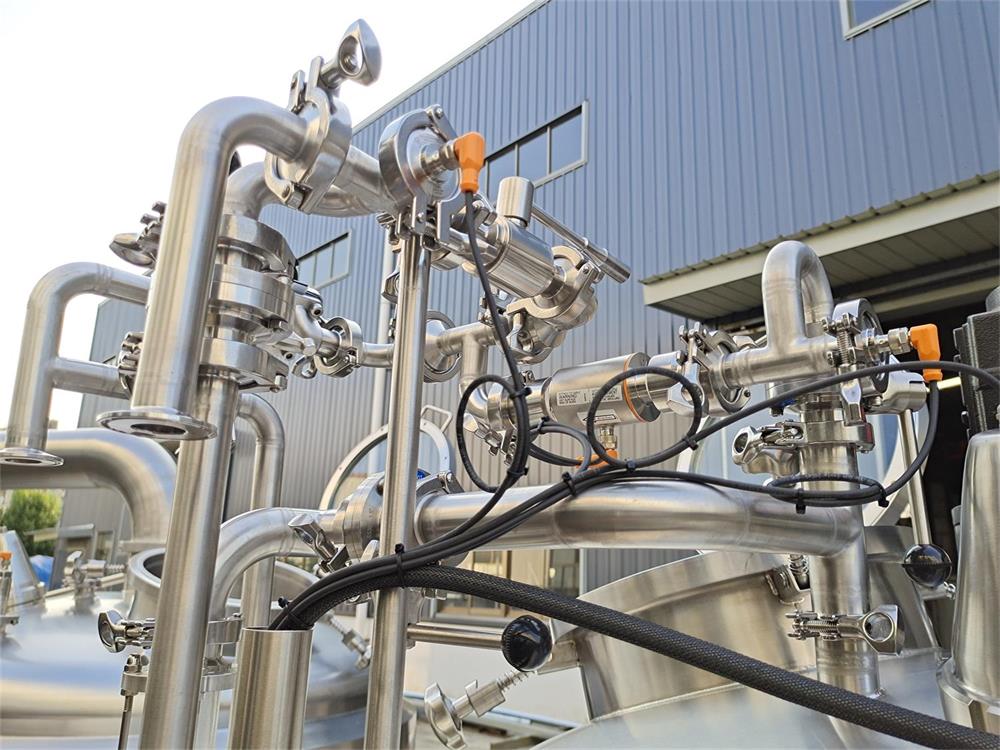
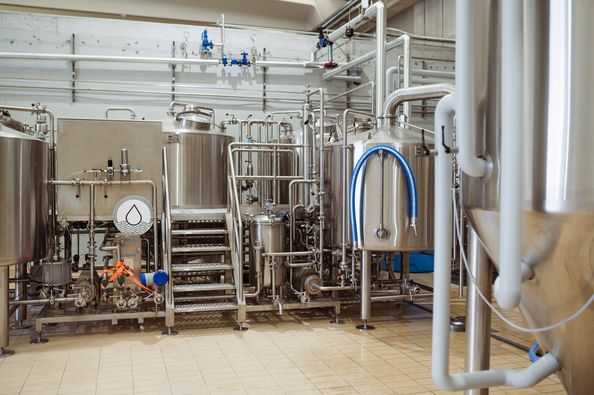
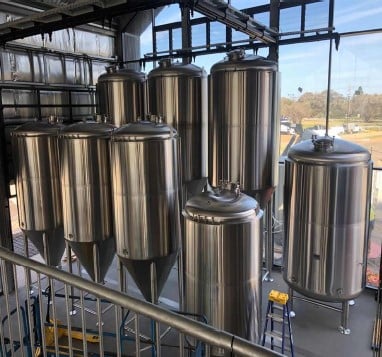
Purchase Guide for Kombucha Fermenters
When buying a kombucha fermenter, keep the following in mind:
- Material Quality: Choose food-safe materials like glass, stainless steel, or lead-free ceramic.
- Size: Pick a size that matches your brewing habits and household needs.
- Design Features: Look for spigots, lids with breathable covers, and easy-to-clean surfaces.
- Price Range: Basic models start at $20-$30, while advanced fermenters with features like temperature control can cost $100 or more.
- Brand Reputation: Check reviews and opt for reputable brands like Bucha Brewers or Kombucha Kamp.
How to Use a Kombucha Fermenter Correctly
Using a fermenter is straightforward, but a little attention to detail can make a big difference:
- Prepare the Tea Base: Brew sweet tea with sugar and let it cool.
- Add the SCOBY: Place your SCOBY and some starter kombucha into the fermenter.
- Cover Securely: Use a breathable cover (like a cloth) to allow airflow but keep contaminants out.
- Monitor Fermentation: Keep the fermenter in a warm, dark place and check on it regularly.
- Taste Test: After 7-14 days, sample the brew using the spigot or a sanitized spoon.
- Bottle the Kombucha: Once it reaches the desired flavor, transfer it to bottles for a second fermentation if desired.
Recommended Kombucha Fermenters on the Market
Here are a few top-rated options:
- Bucha Brewers Pro Fermenter: Stainless steel, built-in spigot, and 5-gallon capacity.
- Kombucha Kamp Glass Jar Kit: Ideal for beginners with a 1-gallon size and starter supplies.
- Artisan Ceramic Fermenter by Brew Master: Beautiful design with a 3-gallon capacity for advanced brewers.
FAQ
| Question | Answer |
|---|---|
| What’s the best material for a fermenter? | Glass or stainless steel for durability and non-reactive properties. |
| Can I use a plastic container? | Yes, if it’s food-safe and BPA-free. |
| How often should I clean my fermenter? | After every batch to prevent residue and contamination. |
| What size is best for beginners? | 1-2 gallons is manageable and less intimidating. |
| Is a spigot necessary? | It’s not essential but very convenient for sampling and bottling. |
Additional FAQs About Choosing a Kombucha Fermenter (2025)
1) Do I need a wide-mouth vessel for healthier SCOBY growth?
Yes. A wide-mouth kombucha fermenter increases surface area for oxygen exchange, promoting faster acidification and more consistent SCOBY growth.
2) Are stainless steel kombucha fermenters safe for acidic brews?
Yes, if they are 304 or 316 stainless steel and use food-grade gaskets. Avoid reactive metals like copper or aluminum.
3) What spigot material is best for long-term use?
Food-grade stainless steel or high-quality polypropylene. Avoid brass unless it’s lead-free and certified for potable use.
4) Should I use an airlock or cloth cover?
Primary fermentation typically benefits from a breathable cloth cover for oxygen access. Use an airlock only for secondary fermentation if you want less oxygen exposure.
5) How can I maintain consistent temperature without a built-in heater?
Use a seedling heat mat with a digital controller, or place the fermenter in a 68–78°F (20–26°C) location. Insulating sleeves help stabilize swings.
2025 Industry Trends for Kombucha Fermenters
- Compact stainless steel systems with sanitary spigots and volume markings become standard for serious home brewers.
- More “set-and-forget” kombucha fermenters include low-watt heat wraps with thermostats to maintain 72–76°F.
- Interest in low-oxygen second fermentation (for fruit additions) grows to protect color and aroma.
- Food-safety compliance rises: lead-free, cadmium-free ceramic certifications are now frequently requested by buyers.
- Reusable pressure-rated bottles with pressure caps and PRV valves gain popularity for safer carbonation control.
2024–2025 Benchmarks and Buyer Preferences
| Metric | 2024 | 2025 (proj.) | Notes/Source |
|---|---|---|---|
| Share of stainless steel fermenters (home segment) | ~22% | ~30–34% | Retailer assortments; community polls |
| Buyers choosing 2–3 gal over 1 gal starter size | ~35% | ~45–48% | Forum surveys; kit sales |
| Use of heat mats/controllers for temp stability | ~28% | ~40% | Homebrew/home-ferment shops |
| Preference for stainless or PP spigots vs. brass | ~60% | ~72% | QA/food-safety awareness |
| Incidence of bottle gushers after 2F (self-reported) | ~18% | ~12–14% | Education on priming rates/bottle choice |
Authoritative references:
- FDA Food Contact Materials guidance: https://www.fda.gov/food/packaging-food-contact-substances-fcs
- USDA Complete Guide to Home Canning (sanitation principles): https://nchfp.uga.edu
- UC Davis Integrative Medicine kombucha primer: https://integrativemedicine.ucdavis.edu
- Australian Institute of Food Safety (food-grade materials): https://www.foodsafety.com.au
Latest Research Cases
Case Study 1: Temperature-Controlled Stainless Fermenter Improves Consistency (2025)
Background: A home brewer in a cool climate had variable sourness and slow ferments in a 1-gallon glass jar.
Solution: Switched to a 3-gallon 304 SS kombucha fermenter with a calibrated heat mat and digital controller set to 74°F; upgraded to a stainless spigot and food-grade silicone gaskets.
Results: Primary fermentation time stabilized at 9–10 days (from 12–16); pH reached 3.1–3.3 consistently; flavor variance across batches decreased per tasting notes.
Case Study 2: Safe Second Fermentation Reduces Gushers and Off-Flavors (2024)
Background: Frequent bottle gushers and inconsistent carbonation during fruited 2F.
Solution: Standardized priming sugar by weight (6–7 g/L for moderate fizz), used pressure-rated swing-top bottles, performed cold crash at 40°F for 24 hours before bottling, and purged headspace lightly with CO2.
Results: Gushers reduced from ~25% of bottles to <5%; brighter fruit aroma retention; fewer bottle losses.
Expert Opinions
- Hannah Crum, Co-author of “The Big Book of Kombucha,” Founder, Kombucha Kamp
Key viewpoint: “Material safety and oxygen access are the two pillars—choose food-safe vessels and a breathable cover during primary for a resilient SCOBY.” - Sandor Ellix Katz, Fermentation Educator and Author of “The Art of Fermentation”
Key viewpoint: “Consistent temperature and clean, simple workflows matter more than gadgets; let the microbes do the work.” - Dr. Maria Marco, Professor of Food Science and Technology, UC Davis
Key viewpoint: “Monitoring pH and maintaining sanitation practices are essential to ensure safe, high-quality homemade kombucha.”
Practical Tools and Resources
- Safety and materials
- FDA Food Contact Materials: https://www.fda.gov/food/packaging-food-contact-substances-fcs
- National Center for Home Food Preservation: https://nchfp.uga.edu
- Education and recipes
- Kombucha Kamp tutorials: https://www.kombuchakamp.com
- Fermentation Association resources: https://fermentationassociation.org
- Equipment and QA
- Digital temperature controllers and heat mats (homebrew retailers)
- pH meters and test strips (Hanna Instruments, Apera Instruments)
- Community
- r/Kombucha subreddit (peer troubleshooting)
- Homebrew Talk fermentation forum: https://www.homebrewtalk.com
Last updated: 2025-09-30
Changelog: Added 5 targeted FAQs, 2025 benchmark table on kombucha fermenter preferences, two practical case studies on temperature control and safe second fermentation, expert viewpoints, and curated tools/resources with authoritative links.
Next review date & triggers: 2026-03-31 or earlier if FDA/food-contact guidance changes, major OEMs release new temperature-controlled fermenters, or new safety data on bottle conditioning impacts home practices.
Share this entry
Interested in learning more about Brewing Systems including additional details and pricing information? Please use the form below to contact us!
YOLONG BREWERY EQUIPMENT FAQS
- Commercial Brewery / Craft Brewery / Microbrewery / Nanobrewery
- What is The Difference Between Craft Beer and Industrial Beer?
- The Bespoke Differences In Custom Brewing Systems
- Everything You Need to Know About Kettle Souring
- How to Choose Brewing Equipment for Your business?
- How To Choose The-Best Partner To Build Your Commercial Microbrewing System?
- Two Detection Sensors That You Need To Use In Your Brewhouse System
- Remote Control Applications in Brewing Equipment/How does it work?
- How To Clean Your Brand New Brewery Tanks?

